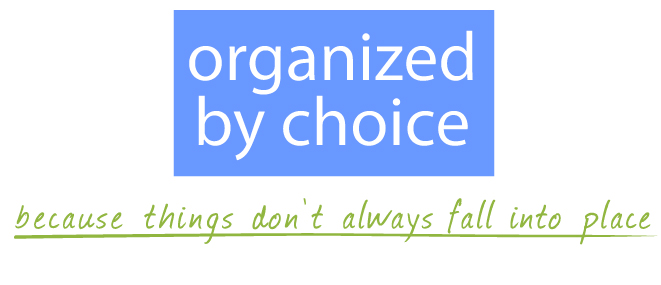When multiple stimuli appear simultaneously in the visual field, they are not processed independently, but rather interact in a mutually suppressive way, suggesting that they compete for neural representation in visual cortex. -Diane M. Beck, Department of Psychology and the Center for the Study of Brain, Mind, and Behavior, Princeton University, www.pubmed.gov.
In layman’s terms this means clutter effects more than our environment. It effects our brains and well-being. I don’t need university studies to tell me that, my clients do.
“When I look at my clutter, I feel overwhelmed.”
“It’s hard to relax when I see all the piles I need to deal with.”
“I tell my friends I can’t go out because I need to stay home and organize. Then I end up sitting on the couch avoiding the task.”
“I’m so distracted. I bounce around from one thing to another and never finish anything. It’s so frustrating.”
When you walk into your house, what do you see? If it’s piles, every pile represents a task—papers to process, laundry to fold, books to read, toys to put away, projects to complete, sport gear to relocate. Being reminded of so many tasks at once can be overwhelming.
Everyone has a different level of comfort when it comes to visual clutter. Even if you’re more tolerant than most, you’ve probably experienced the stress of piles melding, making it difficult to find what you need.
Release the idea that your piles are motivating you to take care of business. They may be reminding you, but in a way that adds to your stress as they “compete for neural representation.”
How does “hiding your clutter” help? I don’t mean stash it all away and forget about it. Remove it from your common areas in a systematic way so you can deal with the tasks within the clutter.
Timely Tips for hiding your clutter (with purpose)
Containerize your clutter by project in clearly labeled boxes, bags, or bins. These will be temporary holding places for your piles.
For paper clutter, keep current bills, forms, etc. in a container separate from old mail and papers to be dealt with later. Label one Current Papers, and one Old Papers. Place the Current Papers container where you normally pay bills and download my Piles to Files tip sheet.
Designate an area in a spare room or closet for the Old Papers container along with the other labeled containers of special projects, household sort/relocate, etc. Remember, this is a temporary holding place. It’s okay if it adds to the clutter of a closed room or closet temporarily.
This provides immediate clutter relief for your common areas. Since you’re keeping your clutter containers together in their temporary holding place, you’ll be able to locate anything that was removed. But you’re not finished!
Prioritize the containers on a sheet of paper, computer document, or phone note. Schedule time to deal with each container on your calendar and add a reminder to your phone. Your calendar and reminders will be the trigger to retrieve each project in order, one at a time.
Your clutter-free common areas will allow you to enjoy your space when you’re not working on a project and will help you be more productive and focused when you are.
wise words
Your home is your haven. Reduce clutter so you feel relaxed the minute you walk in the door. -Yuriko Beamon


